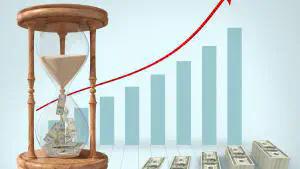Overview
Demand is a fundamental concept in economics that describes the desire of consumers to purchase goods and services at various prices. It represents the willingness and ability of buyers to purchase specific quantities of a good at different price levels.
At its core, demand is driven by factors such as the price of the good, the income of consumers, the prices of related goods, and consumers’ tastes and preferences. When the price of a good rises, all else being equal, the quantity demanded typically falls, and when the price falls, the quantity demanded usually rises. This inverse relationship between price and quantity demanded is referred to as the “law of demand.”
However, demand doesn’t exist in isolation. It interacts with supply, the counterpart concept that refers to the quantity of a good producers are willing to produce and sell at different prices. Where demand and supply intersect, we find the equilibrium price and quantity, which are the market-clearing levels.
Factors other than price can also cause shifts in demand. For example, if consumers’ incomes increase, they might demand more of a particular good even if its price remains unchanged. Similarly, changes in tastes, preferences, or societal trends can increase or decrease demand for specific products.
In graphical terms, demand is often represented by a downward-sloping curve on a graph where the x-axis shows quantity and the y-axis shows price. This “demand curve” visually captures the relationship between price and quantity demanded, allowing for analysis of changes in market conditions and their effects on demand.






